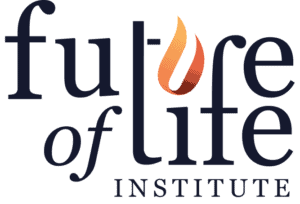Our content
Category: COVID-19
Over the years we have created a large library of content relating to our cause areas. Here you can browse our archives by topic, search term, content type, and more.
Looking for something in particular?
You can search our site for any content items that contain your search term, including pages, posts, projects, people, and more.
Suggested searches
Here are some common searches that you might like to use:
Overview of all our content
